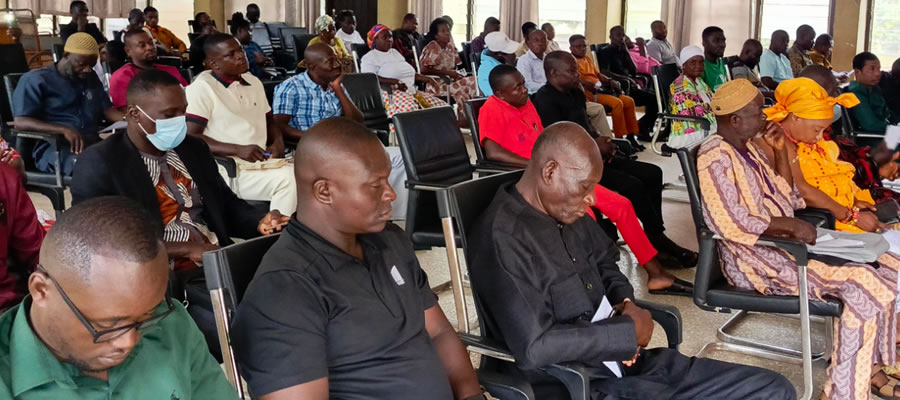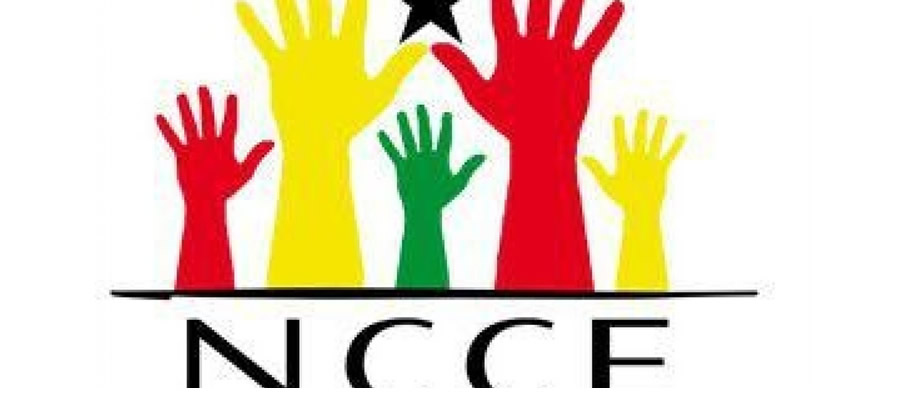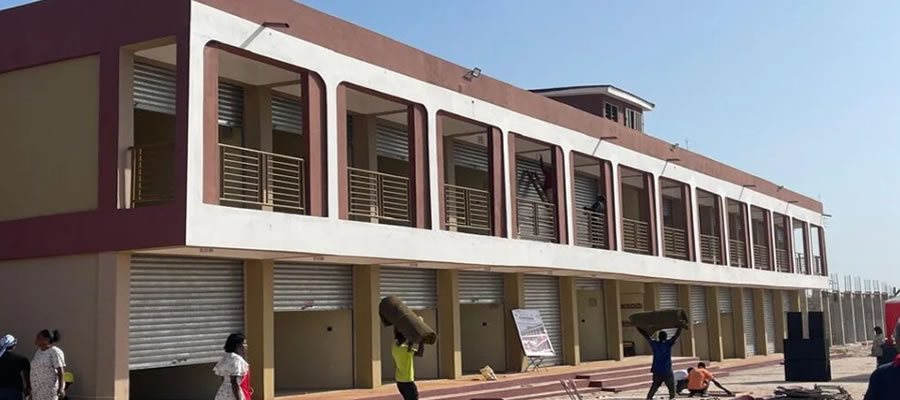

Vulnerability Analysis
Vulnerability may be defined as the probability that livelihood stress will occur. It has been defines as the lack of capacity (of a household) to cope with an adverse shock or a households resilience against a shock. That is the likelihood that a shock will result in a decline in well-being of the household. Exclusion and lack of voice can also determine the extent of a person’s access to resources. Lack of voice and the inability to make recourse to justice can increase a person’s vulnerability to injustice and corruption and thus exclusion.
Vulnerable and Excluded Groups
In the Techiman Municipality the following groups have been identified as vulnerable and excluded: children in difficult circumstances (those from low income and broken homes and orphans). These children are likely to suffer from malnutrition or be involved in economic activity at an early age (child labour/street children).Adolescent girls (those from low income and broken homes and single mothers as well as commercial sex workers). Persons living with HIV/AIDS. The aged, persons with disability, women and unemployed youth. Subsistence food/vegetable farmers were also identified as vulnerable and excluded.
Types of shock facing households in the Municipality
The Techiman Municipality as a major agricultural area is also dependent on rainfall for production. As a result the major shocks affecting food availability, incomes and wealth accumulation are those that relate mainly to crop production. The economic activities that individuals and household are involved in also determine to a large extent vulnerability to income and asset loss in the Municipality.
Three main types of shocks affecting most families in the Municipality relate to the areas of food insecurity, human insecurity and job insecurity. Household also face a wide variety of shocks ranging from natural events to man-made (that is conflicts, policy induced, terms of trade shocks, illness and deaths). In Techiman, the most cited shocks are production related. This may occur as a result of crop failure due to poor rains affecting harvests or pest invasion affecting storage. This type of shock according to the District Poverty Profiling Survey was reported by 65% of households.
Price- related shocks rank second. This is reported by about 60% of farmers especially maize and tomato farmers. Due to the fluctuating prices of agricultural produce like maize and tomatoes and inadequate storage and processing facilities, increased harvest usually end up in glut of produce and low prices. Increase in major food prices also on the contrary, reduced the real income of food farmers. This was partly explained by the fact that farmers tend to sell off their produce immediately after harvest to meet urgent social obligations, when prices are low. Farmers, especially subsistence ones, are forced to buy back the produce during the lean season, when prices are at their highest levels.
The shocks cited include illness, job loss and disability of income earner, loss of asset due to disease (death of livestock) or bushfire, or theft. Conflicts resulting from chieftaincy disputes and insecurity of land tenure were also cited as shocks. The seasonality in agricultural production and the lack of non-farm income generating opportunities leaves most farmers and labourers without work during periods of the year. For the private sector employees and the self employed about 30% have gone through periods of inactivity due to ill-health, infrequency in the demand for their services or the seasonal nature of their jobs.
At the community level most communities reported of events relating to rainstorms that affect houses including schools and other individual and community’s building as well as flooding during the peak rainfall periods.
Coping Strategies/impacts of shocks
The Municipal Poverty Mapping Exercise showed that the poor or rural households are more exposed to natural and agricultural-related shocks than the non-poor and urban households. In Techiman most poor households respond to shocks by recourse to self help coping strategies like selling of assets or livestock and informal insurance mechanisms. The non-poor also use both self-help mechanisms, as well as market-based strategies such as falling on savings and banks loans. Majority of household do not use formal insurance mechanisms.
The extent to which the affected household or individual can gain access to credit, private transfer or public safety nets to help maintain consumption, may determine the type of response. When it is not possible to access any public safety nets or sufficient credit to maintain current consumption, recourse may be made to other strategies that either directly or indirectly reduces assets or further consumption. This situation tends to further worsen the individual or households vulnerability to poverty.
A large number of household are impacted by weather-related shocks. Thus efforts of the Municipal Assembly and communities should be focused on water management projects to reduce the effects of variability of the weather. It is therefore necessary to re-assess the strategy mix to address the vulnerable and excluded in the Assembly’s development agenda, by providing safety nets to protect incomes from falling below unbearable levels. This may include the provision of a guaranteed minimum price for selected agricultural produce like maize and tomatoes.
Current disaster management programmes need to be strengthened and the role of social assistance expanded. Greater collaboration between agencies/organisations for the sector needs to be promoted to enhance effectiveness of assistance. Reliable data on the vulnerable, excluded and disadvantaged persons need to be addressed.
Child Labour
The 2000 Census shows that over 8400 children in the Municipality forming about 10.8% worked during the seven days preceding the census. Thus approximately 11% of children in age group 7 – 14 years were active in the labour market. Most of these children worked in the agricultural sector. Of this, boys constitute about 58% with 42% as girls. Most of these children served as farmhands working to supplement farm labour or to cater for themselves or support their families incomes. These type of child labour are typical of farming communities.
Some children were also identified working within the informal economic sectors as house helps, shepherd boys, kayaye, truck pushers, Chop bar attendants and in gari processing factories others served as drivers mates, pito/palm wine sellers, petty hawkers, Ice water sellers. The informal sector had more girls working than boys. This phenomenon is more common in the urban centres especially Techiman the commercial centre.
A study revealed that there are more girls involved in child labour, than boys. About 50% of them are children of poor peasant farmers with a significant number of unemployed parentage. Majority of these children are living with single parents. More than half of such children (65%) had never been in school. Attendance by those currently in school was also irregular.
The high incidence of Child Labour in the Municipality could be attributable to parental neglect and irresponsibility, large family sizes, broken homes and large influx of people into the municipality who come determined to make a living but find the situation difficult and end up engaged in all kinds of work to make a living. The children are therefore exposed to different kinds of work that could be described as worst form of child labour, judging by their ages and the conditions under which they are exposed to many hazards that are injurious to their total development as children.
Children constitute the base on which the wealth of the nation depends and there is the need to groom them in acceptable manner to enable them play their role as the potential human capital for nation building. It is therefore necessary to undertake a careful study to find out the underlying causes of this phenomenon and find appropriate solutions to stem the trend within the Municipality.
Date Created : 11/21/2017 2:34:11 AM












 facebook
facebook
 twitter
twitter
 Youtube
Youtube
 +233 593 831 280
+233 593 831 280 0800 430 430
0800 430 430 GPS: GE-231-4383
GPS: GE-231-4383 info@ghanadistricts.com
info@ghanadistricts.com Box GP1044, Accra, Ghana
Box GP1044, Accra, Ghana